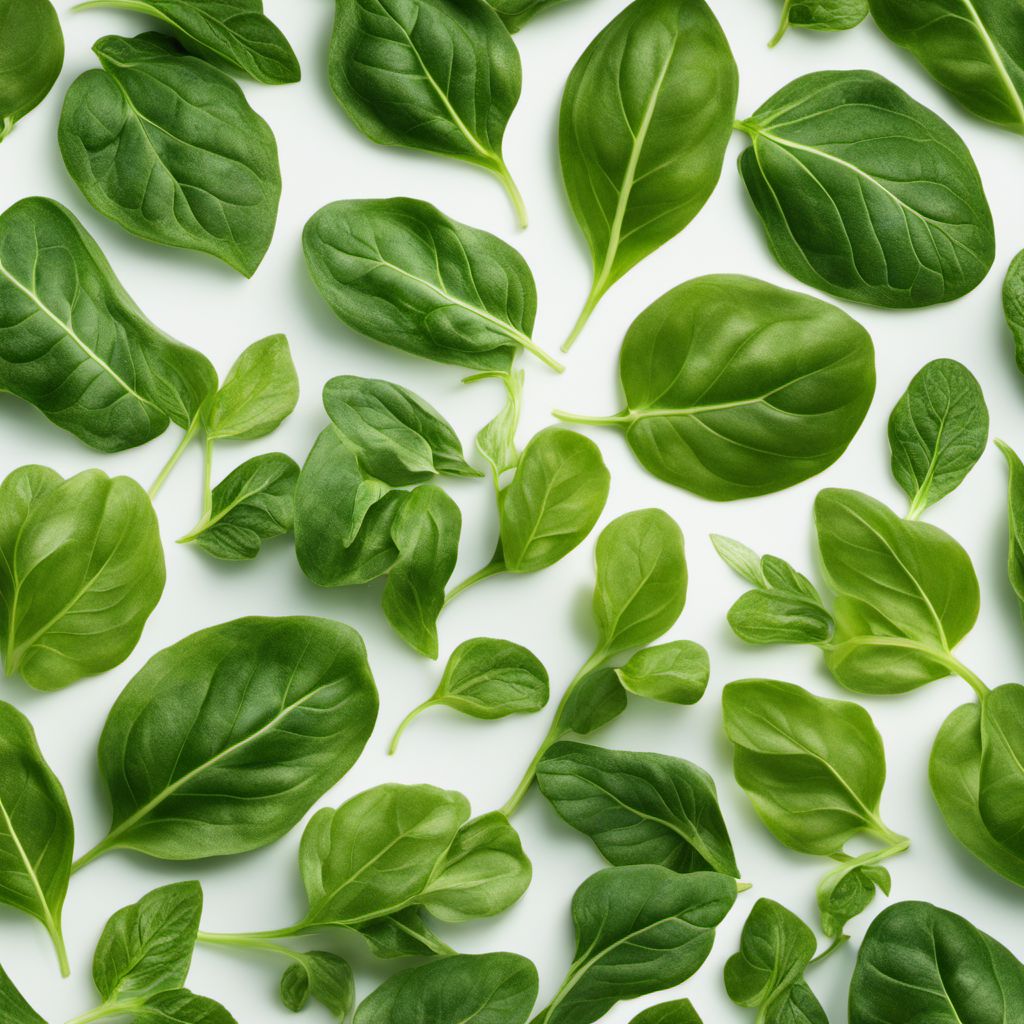
Ingredient
Baby leaf spinaches
The Delicate Green: Exploring the Versatility of Baby Leaf Spinach
Baby leaf spinach is characterized by its small, tender leaves and a mild, slightly earthy flavor. It has a delicate texture and a vibrant green color, making it an appealing ingredient in salads, stir-fries, and smoothies.
Origins and history
Spinach has a long history that can be traced back to ancient Persia. It spread throughout Europe during the Middle Ages and eventually gained popularity worldwide. Today, it is widely cultivated and enjoyed in various cuisines, known for its nutritional value and culinary versatility.
Nutritional information
Baby leaf spinach is a nutrient-dense ingredient, packed with vitamins A, C, and K, as well as iron, calcium, and fiber. It is low in calories and fat, making it a healthy addition to meals.
Allergens
Baby leaf spinach may cause allergic reactions in individuals with a known sensitivity to spinach or other leafy greens. It is advisable to consult with a healthcare professional if you have any concerns or allergies.
How to select
When selecting baby leaf spinach, look for leaves that are vibrant green, crisp, and free from any signs of wilting or yellowing. Avoid leaves that appear slimy or have a strong odor, as these are indications of spoilage.
Storage recommendations
To maintain the freshness of baby leaf spinach, remove any damaged or wilted leaves and store it in a plastic bag or container lined with paper towels to absorb excess moisture. Keep it refrigerated and use within a few days for optimal quality.
How to produce
Baby leaf spinach can be easily grown in home gardens or containers, as it thrives in a variety of climates. Sow the seeds in well-drained soil and provide adequate sunlight and water. Harvest the leaves when they reach the desired size, typically within a few weeks of planting.
Preparation tips
Baby leaf spinach can be enjoyed raw in salads, sautéed as a side dish, or blended into smoothies for an added nutritional boost. It can also be incorporated into soups, stews, omelets, and pasta dishes for a vibrant touch of green.
Substitutions
Baby kale, arugula, or Swiss chard can be used as substitutes for baby leaf spinach, offering similar flavors and textures. However, each substitution may slightly alter the overall taste and appearance of the dish.
Culinary uses
Baby leaf spinach is a versatile ingredient that can be used in a variety of culinary applications. It is commonly used in salads, sandwiches, wraps, and as a topping for pizzas and pasta dishes. It can also be added to soups, quiches, and frittatas for an extra dose of nutrients.
Availability
Baby leaf spinach is widely available in most regions, as it is a popular leafy green vegetable. It can be found in grocery stores, supermarkets, farmers markets, and even grown in home gardens.
More ingredients from this category

Other species harvested at baby leaf stage
The Delicate Delights of Baby Leaf Harvesting
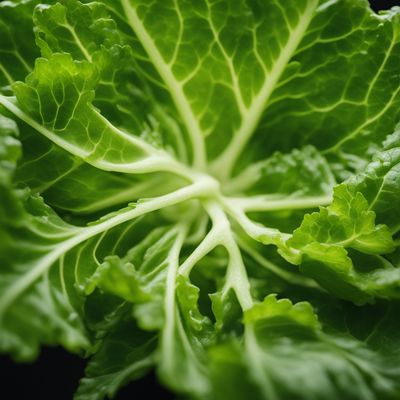
Baby leaf lettuces
The Delicate and Tender Greens: Baby Leaf Lettuces
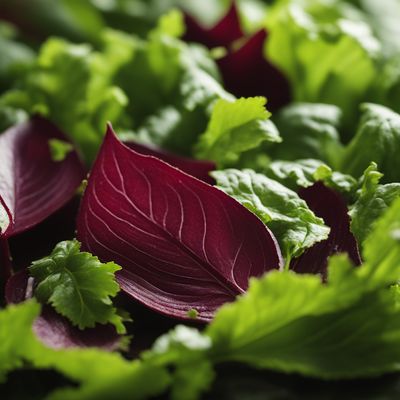
Baby leaf chards
The Tender Green: Baby Leaf Chards
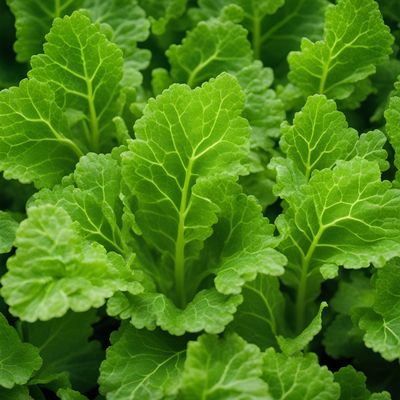
Baby leaf indian mustard leaves
The Vibrant Delight of Indian Mustard Leaves
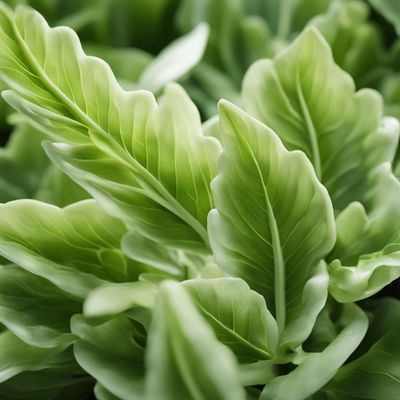
Baby leaf escaroles
The Delicate Bitter Greens
Recipes using Baby leaf spinaches » Browse all

Hkatenkwan-inspired Peanut Stew
Savory Peanut Stew with a Ghanaian Twist

Indian Spinach Pulao
Savory Spinach Rice Delight

New Nordic Hot Pot
Nordic-Inspired Hot Pot: A Fusion of Flavors

Creamy Spinach Soup
Velvety Green Delight: Creamy Spinach Soup

Malay-inspired Spinach Pulao
Savory Spinach Pulao with a Malay Twist

Homemade Spinach and Ricotta Tortelli
Savory Delights: Handcrafted Spinach and Ricotta Tortelli

Namibian-style Pork and Rice Stew
Savory Namibian Pork Potjie: A Flavorful Fusion of Cultures

Marubini with Spinach and Ricotta Filling
Savory Italian Dumplings: Marubini with a Delicate Spinach and Ricotta Filling

Spicy Fish Salad with Local Greens
Tangy Delight: Spiced Fish Salad with Northeastern Twist
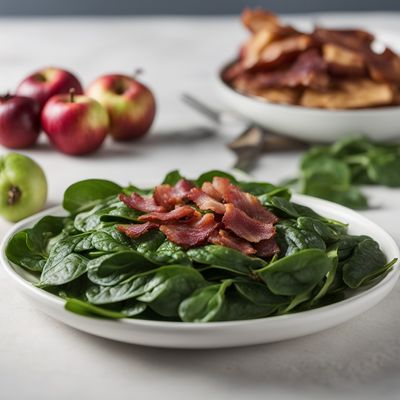
Rhenish-Hessian Spinach with Bacon and Apples
Savory Spinach Delight: A Fusion of Rhenish-Hessian Flavors
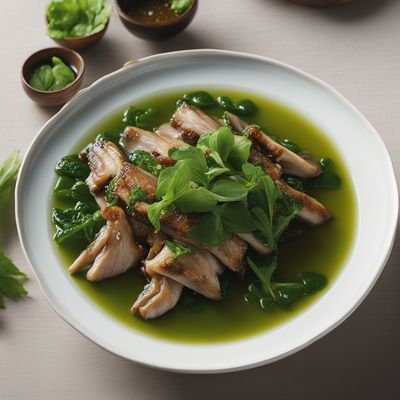
Chinese Aristocrat-style Green Eel
Imperial Jade Eel: A Regal Delight from the East

Spinach and Egg Delight
Savory Turkish Spinach and Egg Delight